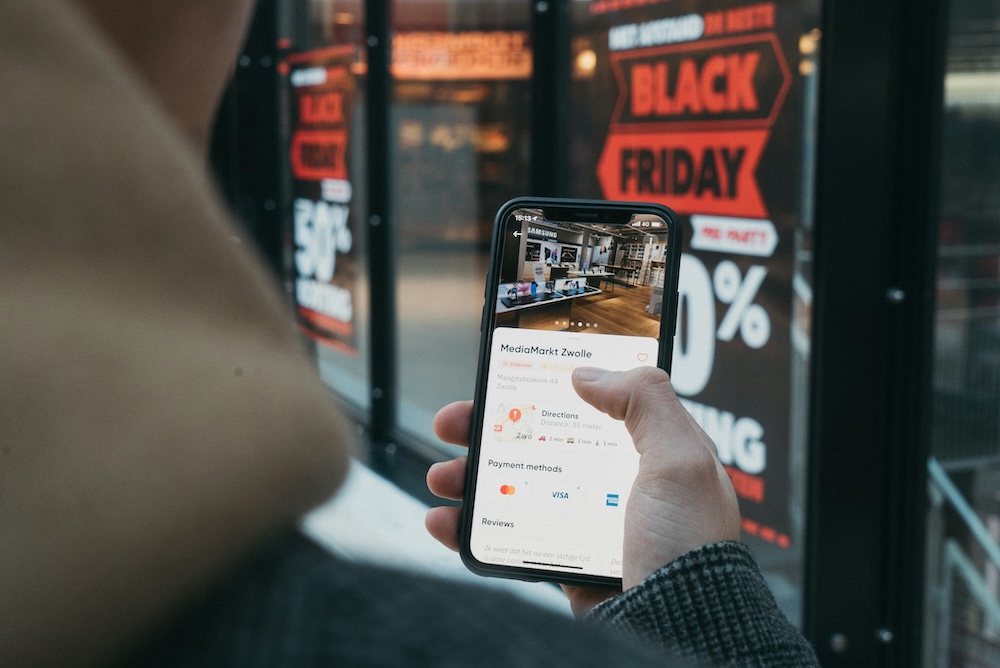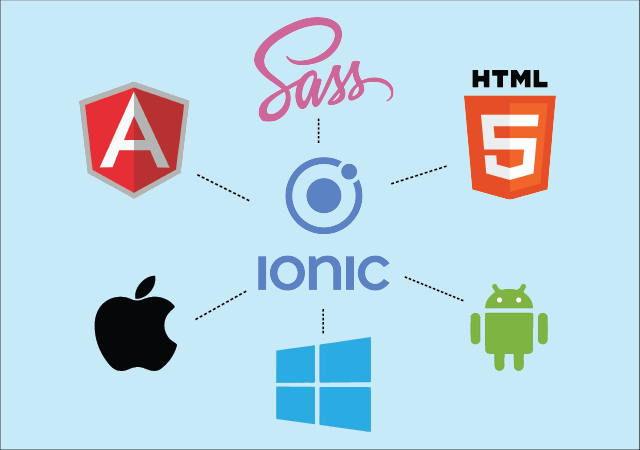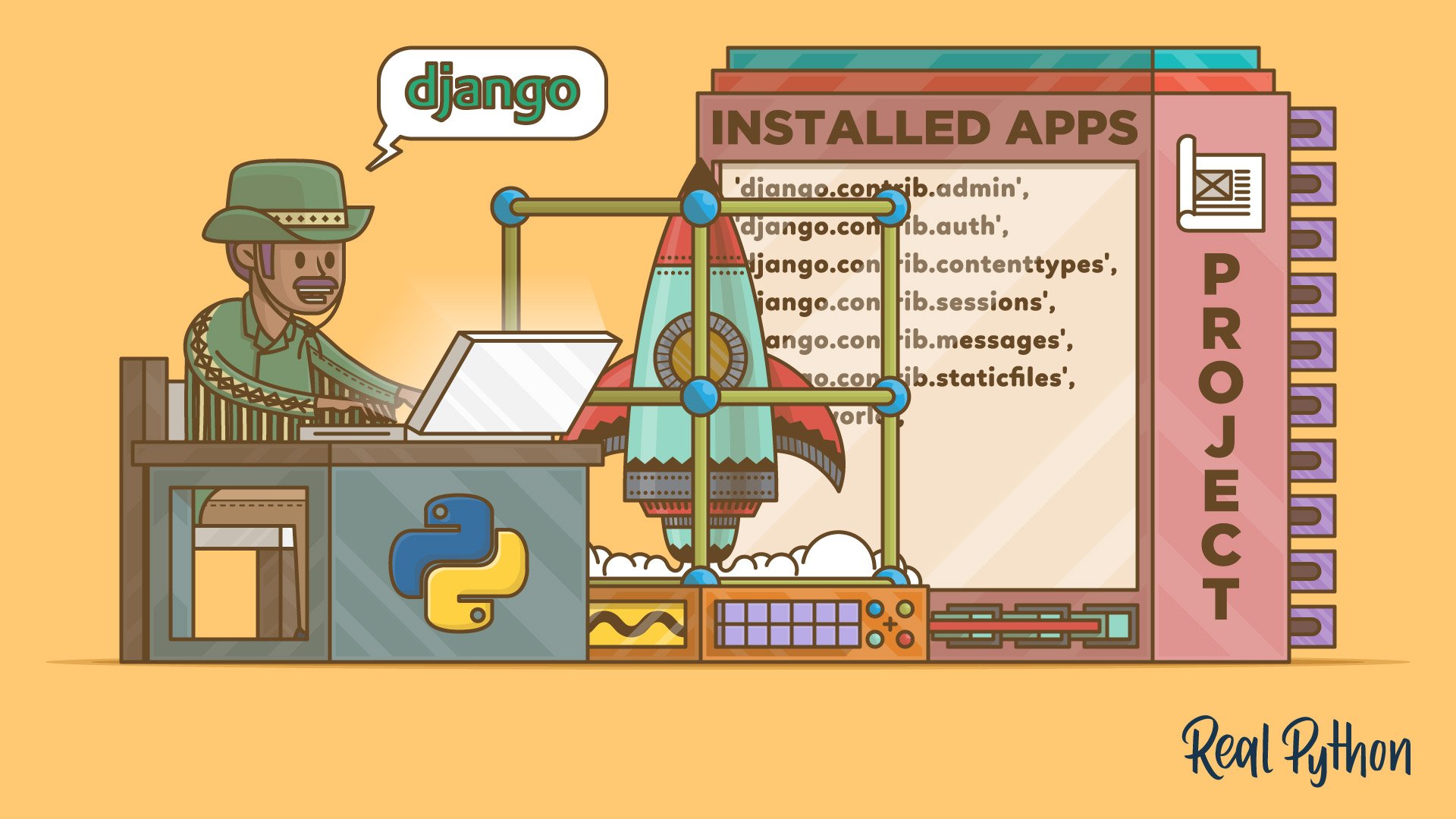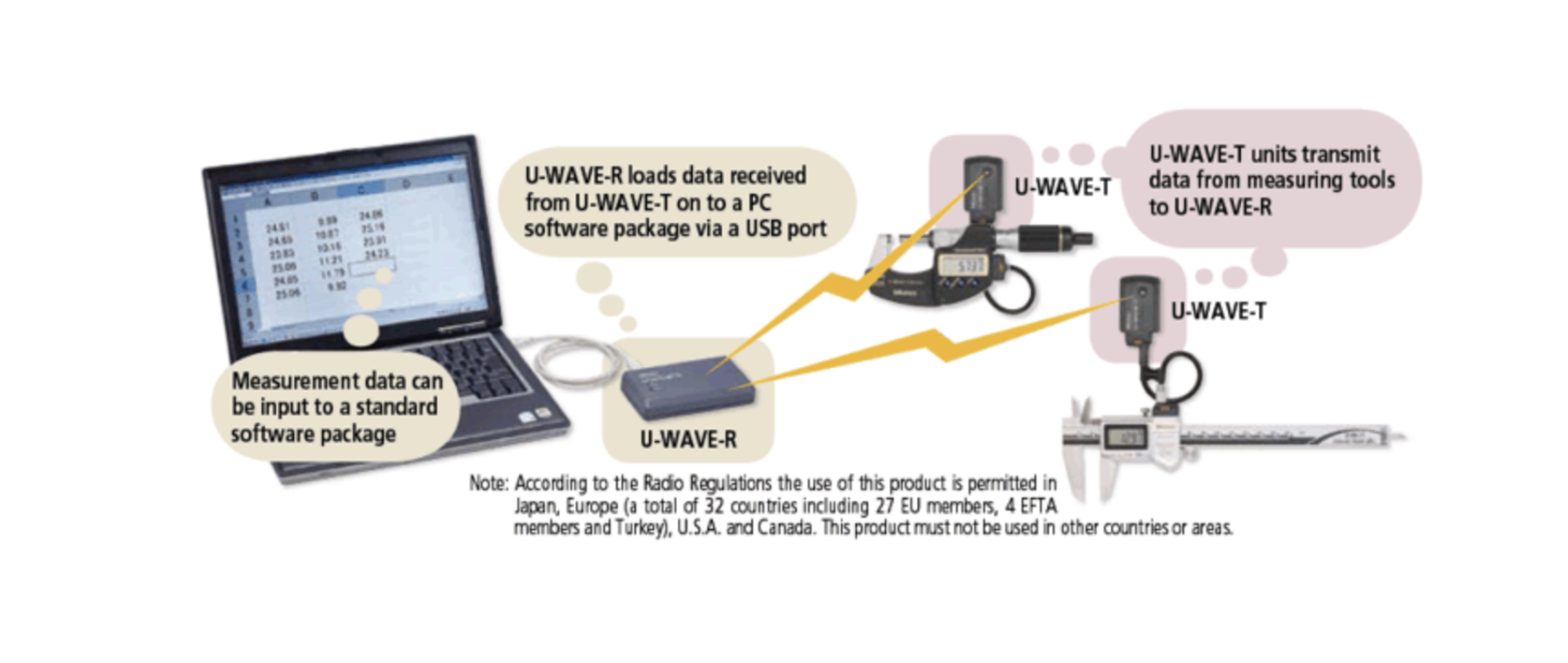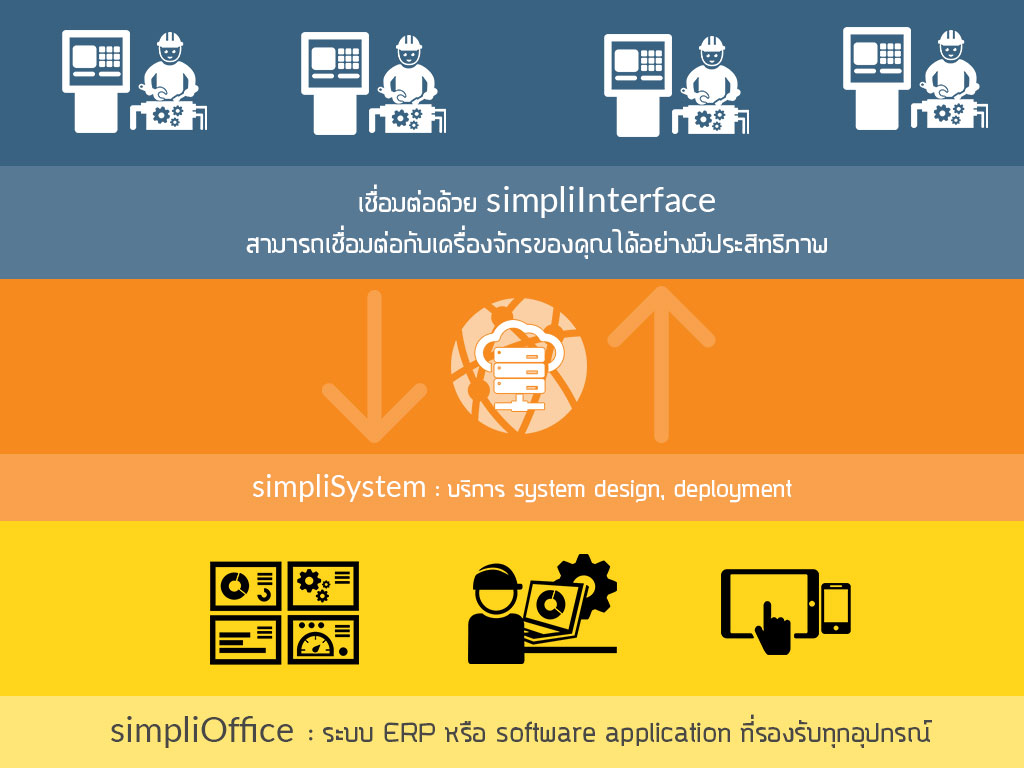How to Connect and Integrate PLC Data from a Database with Python
If you're looking for an efficient way to retrieve, process, and visualize PLC data stored in a database using Python, this guide will help you. Whether your PLC (Programmable Logic Controller) data is stored in MySQL, PostgreSQL, SQLite, or MongoDB, we’ll cover how to connect, fetch, and analyze the data in Python.
Step 1: Install Python Database Connection Libraries
First, install the necessary Python libraries based on your database type.
pip install pymysql psycopg2 sqlite3 pymongo sqlalchemy pandas- MySQL:
pymysql - PostgreSQL:
psycopg2 - SQLite:
sqlite3(built-in) - MongoDB:
pymongo - ORM (Optional for multiple databases):
sqlalchemy
Step 2: Connect Python to Your PLC Database
Connect Python to MySQL Database
If your PLC stores data in a MySQL database, use pymysql:
import pymysql
# Connect to MySQL database
conn = pymysql.connect(
host='localhost',
user='root',
password='yourpassword',
database='plc_data'
)
cursor = conn.cursor()
cursor.execute("SELECT * FROM sensor_readings")
data = cursor.fetchall()
# Print retrieved PLC data
for row in data:
print(row)
conn.close()Connect Python to PostgreSQL Database
For PostgreSQL PLC data, use psycopg2:
import psycopg2
# Connect to PostgreSQL
conn = psycopg2.connect(
host="localhost",
database="plc_data",
user="postgres",
password="yourpassword"
)
cursor = conn.cursor()
cursor.execute("SELECT * FROM sensor_readings")
data = cursor.fetchall()
for row in data:
print(row)
conn.close()Connect Python to SQLite Database
If your PLC logs data into SQLite, use sqlite3:
import sqlite3
# Connect to SQLite
conn = sqlite3.connect("plc_data.db")
cursor = conn.cursor()
cursor.execute("SELECT * FROM sensor_readings")
data = cursor.fetchall()
for row in data:
print(row)
conn.close()Connect Python to MongoDB for PLC Data
If your PLC data is stored in MongoDB, use pymongo:
from pymongo import MongoClient
# Connect to MongoDB
client = MongoClient("mongodb://localhost:27017/")
db = client["plc_data"]
collection = db["sensor_readings"]
for record in collection.find():
print(record)Step 3: Process and Analyze PLC Data in Python
Convert Data to Pandas DataFrame
Once you have retrieved the data, you can process it with Pandas:
import pandas as pd
df = pd.DataFrame(data, columns=["timestamp", "temperature", "pressure", "status"])
print(df.head())Step 4: Visualize PLC Data in Python
Plot PLC Data Using Matplotlib
To plot PLC sensor data, use matplotlib:
import matplotlib.pyplot as plt
df['timestamp'] = pd.to_datetime(df['timestamp'])
plt.plot(df['timestamp'], df['temperature'], label="Temperature")
plt.plot(df['timestamp'], df['pressure'], label="Pressure")
plt.xlabel("Time")
plt.ylabel("Sensor Readings")
plt.title("PLC Sensor Data Over Time")
plt.legend()
plt.show()Step 5: Automate Data Fetching (Real-Time Updates)
If you want to fetch new PLC data automatically at intervals, use schedule:
import schedule
import time
def fetch_plc_data():
conn = pymysql.connect(host="localhost", user="root", password="yourpassword", database="plc_data")
cursor = conn.cursor()
cursor.execute("SELECT * FROM sensor_readings ORDER BY timestamp DESC LIMIT 10")
data = cursor.fetchall()
print("Latest PLC Data:", data)
conn.close()
# Fetch data every 10 seconds
schedule.every(10).seconds.do(fetch_plc_data)
while True:
schedule.run_pending()
time.sleep(1)Step 6: Create a Web Dashboard to Display PLC Data
If you need to display PLC data in a web dashboard, you can use Flask:
from flask import Flask, render_template
import pymysql
app = Flask(__name__)
def get_plc_data():
conn = pymysql.connect(host="localhost", user="root", password="yourpassword", database="plc_data")
cursor = conn.cursor()
cursor.execute("SELECT * FROM sensor_readings ORDER BY timestamp DESC LIMIT 10")
data = cursor.fetchall()
conn.close()
return data
@app.route("/")
def index():
data = get_plc_data()
return render_template("index.html", data=data)
if __name__ == "__main__":
app.run(debug=True)Step 7: Set Alerts for Abnormal PLC Sensor Data
If you need to trigger alerts for high temperature, pressure, or machine failure, use Python logic:
for row in data:
timestamp, temperature, pressure, status = row
if temperature > 80:
print(f"⚠️ ALERT: High temperature detected at {timestamp}: {temperature}°C")
if pressure > 100:
print(f"⚠️ ALERT: High pressure detected at {timestamp}: {pressure} Pa")Final Thoughts
This guide covers how to connect Python to a PLC database, fetch sensor data, process it in Pandas, visualize it using Matplotlib, set up real-time updates, build a web dashboard, and trigger alerts.
This approach ensures real-time monitoring, predictive maintenance, and automation in industrial applications. Let me know if you need additional integrations!
Get in Touch with us
Related Posts
- Supercharge Your Chatbot: Custom API Integration Services for Your Business
- How to Guess an Equation Without Math: Exploring Cat vs. Bird Populations
- How to Build an AI-Resistant Project: Ideas That Thrive on Human Interaction
- Build Your Own Cybersecurity Lab with GNS3 + Wazuh + Docker: Train, Detect, and Defend in One Platform
- How to Simulate and Train with Network Devices Using GNS3
- What Is an LMS? And Why You Should Pay Attention to Frappe LMS
- Agentic AI in Factories: Smarter, Faster, and More Autonomous Operations
- Smarter, Safer EV Fleets: Geo-Fencing and Real-Time Tracking for Electric Motorcycles
- How to Implement Google Single Sign-On (SSO) in FastAPI
- Build Your Own Taxi Booking App with Simplico: Scalable, Secure & Ready to Launch
- Building a Scalable EV Charging Backend — For Operators, Developers, and Innovators
- How to Handle Complex Pricing for Made-to-Order Products in Odoo
- How to Build a Made-to-Order Product System That Boosts Sales & Customer Satisfaction
- Transform Your Operations with Autonomous Agentic AI
- Streamline Fiber Tester Management with a Lightweight EXFO Admin Panel
- Enhancing Naval Mission Readiness with EMI Simulation: Cost-Effective Risk Reduction Using MEEP and Python
- Strengthen Your Cybersecurity Posture with Wazuh: A Scalable, Cost-Effective SIEM Solution
- OCPP Central System + Mobile App — Customer Proposal
- How TAK Systems Are Transforming Border Security
- ChatGPT-4o vs GPT-4.1 vs GPT-4.5: Which Model Is Best for You?



